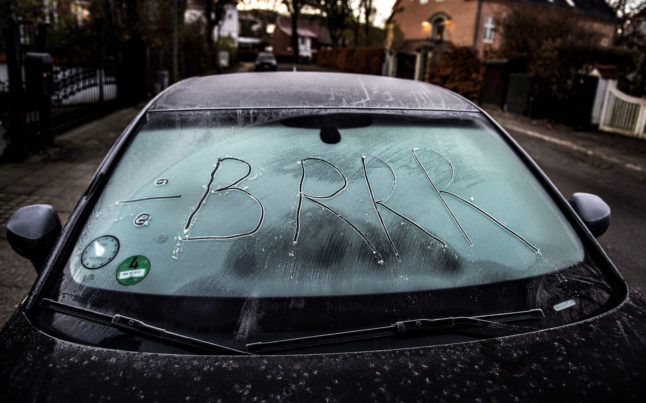Newspaper Berlingske reports on Thursday that traffic police are increasingly concerned by the trend.
Drivers who incur fines, points on their driving licenses or even disqualifications can continue to drive simply by ignoring digital mail sent by police through Denmark’s secure e-Boks system, Berlingske writes.
That is because the letters must be opened and offending motorists must appear for their court dates in order for punishments to be implemented, according to the report.
Only in rare situations do police have the right to ban a driver on the spot.
Chairman of the Danish Police Union Claus Oxfeldt confirmed the trend in comments to Ritzau and said that Danish driving culture is worsening in general.
“It’s getting worse and worse. It’s no secret that, for several years, we’ve seen people trying to avoid possible convictions by not attending court appointments,” Oxfeldt said.
Are Danish drivers really that bad? Have your say in the survey below
“My assessment is that the traffic culture is catastrophic. People charge through red lights and drive in the emergency lane on the motorway. And these are perfectly normal people,” he said.
A person who does not attend court after being notified of a charge can eventually be convicted for non-attendance, but motorists can drag cases out by avoiding opening police notifications sent via e-Boks, Oxfeldt explained.
“This is unfortunately not a new issue and it also exists in lots of other types of case,” he said.
“I can say that it perhaps has become an even bigger problem with regards to reckless drivers. In relation to stretched police resources, it’s a drain if you have to rearrange a duty because you have been called as a witness before being informed on the morning of the court appointment that it is cancelled,” he added.
Denmark’s traffic laws enable police to issue on-the-spot driving bans if a motorist is caught driving twice as fast as the legal speed limit on that stretch of road.
But reckless driving can also occur at lower speeds, Oxfeldt said.
“We have a (punishment) option against the absolute worst reckless drivers. But reckless driving can also mean being in heavy traffic and seeing the lights change from amber to red, and hitting the accelerator instead of the brake and running the red light,” he said.
“Even though it might be 50 kilometres per hour, that’s reckless driving in my terminology, because it really puts others people’s lives in danger,” he added.
READ ALSO:
- Denmark just got tougher on drivers who use their phone behind the wheel
- Explained: Why is it so expensive to buy a car in Denmark?



 Please whitelist us to continue reading.
Please whitelist us to continue reading.
Member comments